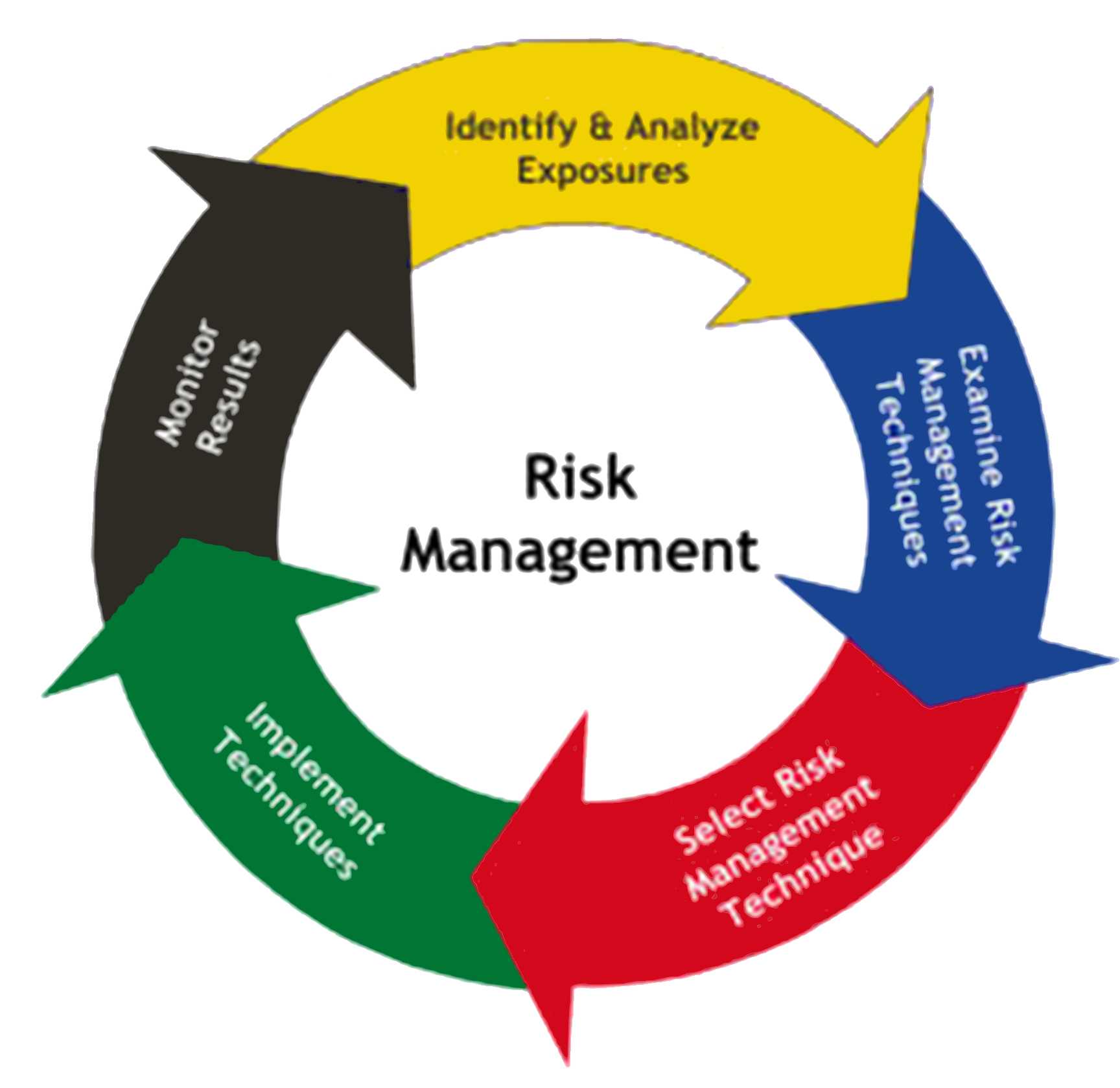A risk management program is an integral tool/method for identifying risks and ensuring that you are aware of all of them. You can avoid various problems by understanding and managing your risks on a daily basis. There are some steps that are referred to below for mitigating and managing your day to day risks.
Step 1: Conduct a Walk Through of Your Facility
One of the first things that you need to do in order to create a successful risk management program is to conduct an inspection or walk through your facility. One of the key steps here is to pay particular attention to all significant areas of concern and/or worst case scenarios. Many organisations will capture photos as part of their inspection in order to highlight the significance of the issue to Senior Management.
Step 2: Speak to EmployeesYour employees are likely to have more intimate knowledge of your facility than you have. Create a focus group of employees from various departments. Provide a debrief to them and encourage their input about areas that they are concerned with and ask them where they think the most risks exist. Their information is vital to helping you develop and maintain a risk management program.
Step 3: Identify the Major Risks
There are always going to be risks inherent within your organization. Some may be physical while others might be strategic. Some of the most common project risks include:
- Poor leadership
- Staff issues
- No continuity plan
- Lack of resources
- Change in business strategy
You have to pose the “what if” question when establishing the major risks. Break them down into sub-categories. For example, if there is no continuity plan, this might be broken down into smaller categories to include if a particular department goes under, there is a natural disaster, or something else were to happen.
Step 4: Evaluate the Risks
All of the risks that you identified need to be evaluated. This is where the “What if” situation will help you as well. You need to determine the likelihood of a risk actually happening. The “major” risks should be put at the top of the list, where you will put the most attention and allocate the most resources.
Step 5: Develop a Treatment Plan
A treatment plan should be formulated and written to help you identify how you would handle the different risks. It’s also important to assign tasks to different employees. For example, some items might need to be repaired or ordered in order to have a complete plan in place should something happen.
This is where it’s important to have a system and database included with your risk management plan so everything becomes more organized.
Step 6: Train Your Employees
Your employees need to be educated on risk management culture. When you are ready to train your employees, it’s important to communicate effectively. This involves letting all of your employees know and understand the meaning of Risk management and its significance within the business.
A curriculum should be built to focus on the courses that are mandatory. You should also empower employees to be more focused on risk-related topics. Your employees might surprise you. Since they are the ones in the roles, they should have the ability to work on risk management within their position. It might include additional training, allocating resources to minimize risk, and much more.
Step 7: Schedule Regular Audits
Audits should be scheduled on a regular basis. This should include those done by your employees as well as a third-party company. It will ensure that you have as many eyes on what’s going on as possible.
Discover more about a risk management program by contacting Sustainable Certification Pty Ltd

